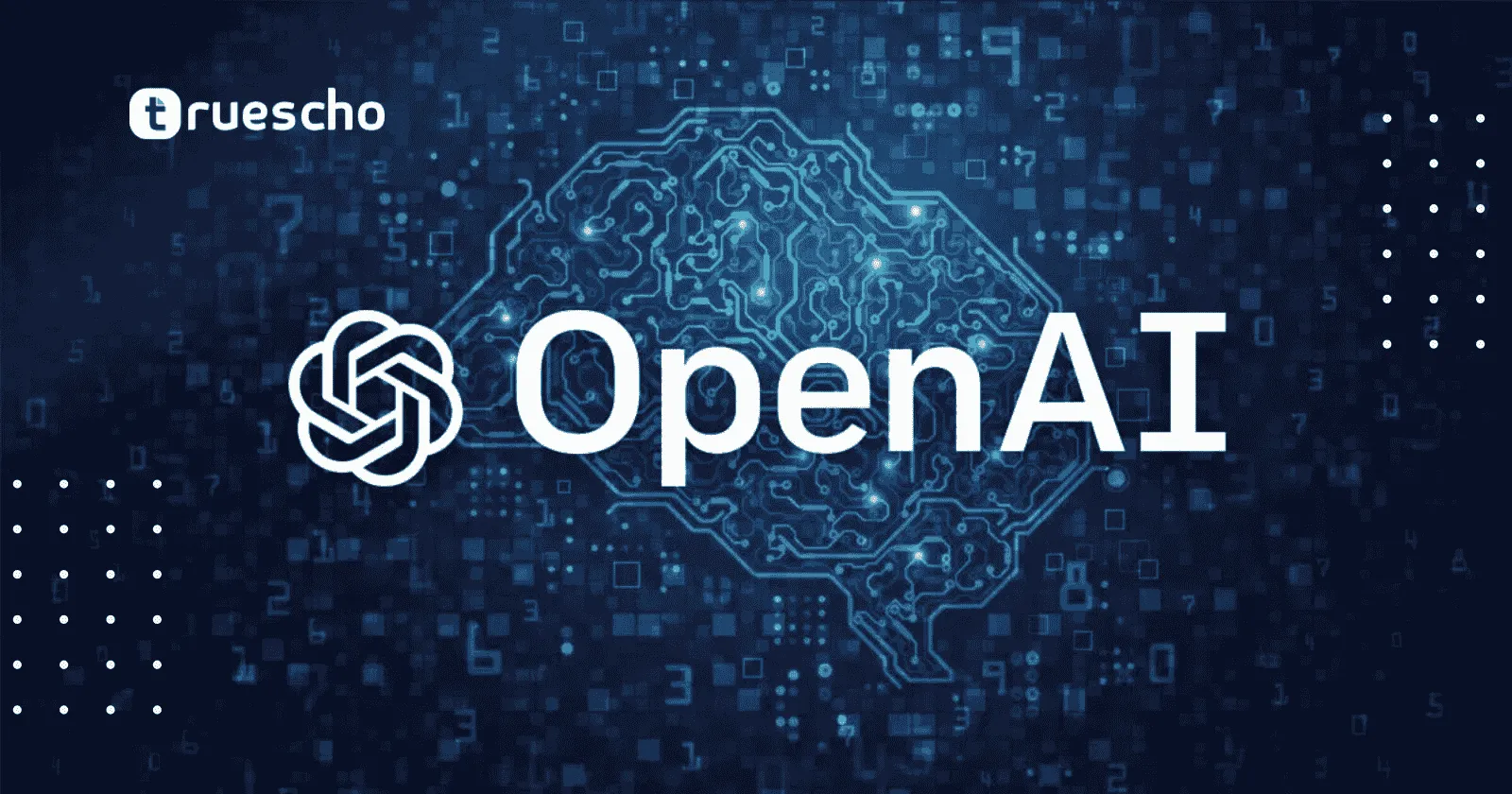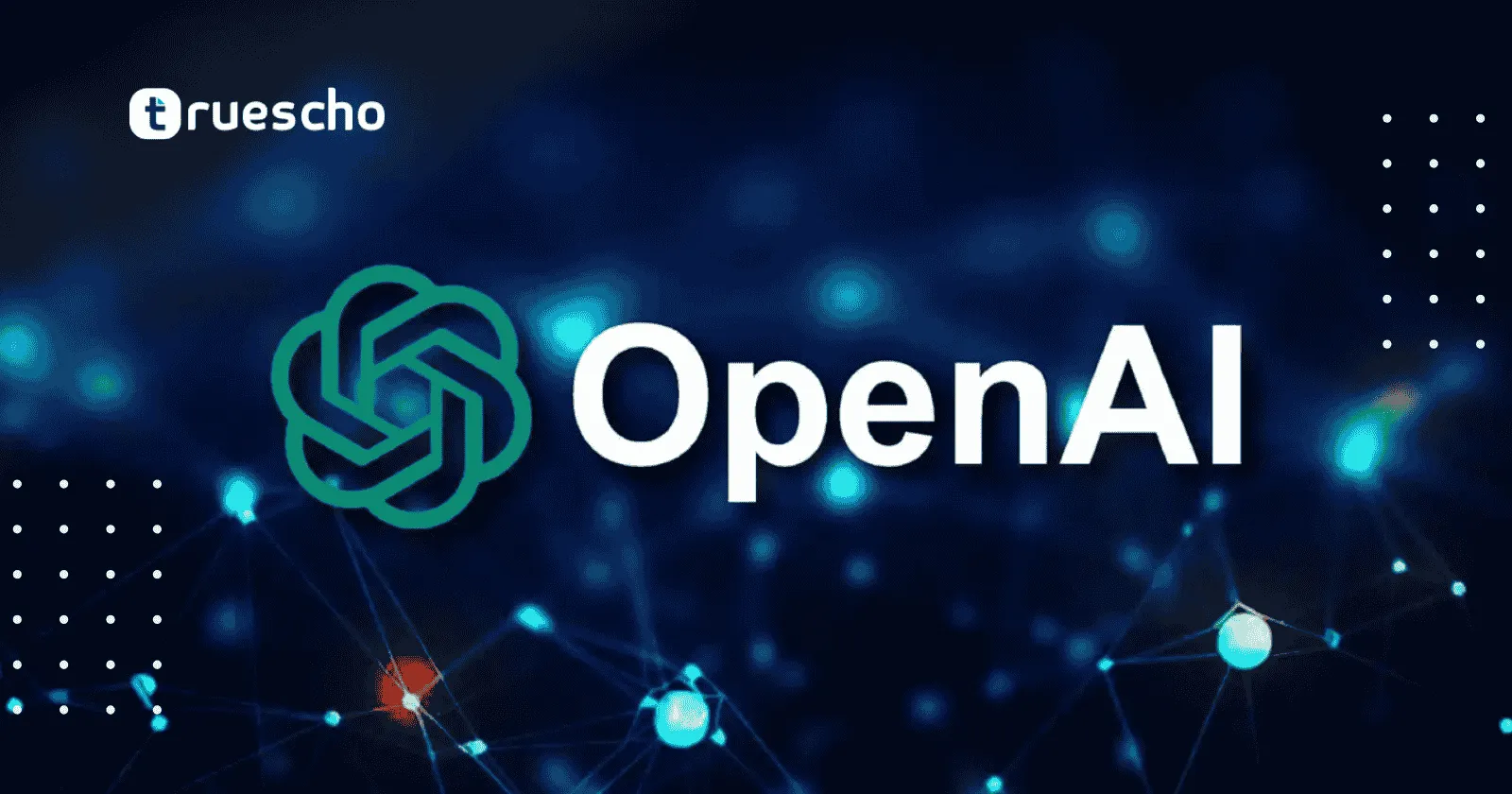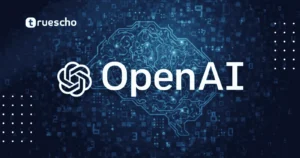Google plans to release new open AI models for drug discovery
In a move that could redefine the landscape of therapeutic research, Google has announced its plan to release a groundbreaking suite of new open AI models designed specifically for drug discovery. Unveiled during a recent health-focused event in New York, this ambitious effort aims to tackle one of the most challenging and expensive phases in medicine: the early research and development (R&D) process in therapeutic drug design.
The initiative—codenamed TxGemma—signals a commitment to harnessing artificial intelligence (AI) in ways that could dramatically reduce the time and cost associated with bringing new treatments from concept to the clinic. With a focus on automation and predictive analytics, Google’s new open AI models are set to empower researchers with tools that process both natural language and the specific structures of chemical compounds, molecules, and proteins.
By integrating new open AI models into drug discovery, Google hopes to revolutionize the way scientists analyze complex biological data, accelerating breakthroughs that could lead to life-saving treatments.
Table of Contents
Google plans to release new open AI models for drug discovery
During the recent New York event, Google introduced TxGemma—a collection of open AI models that represent the company’s newest step toward revolutionizing drug discovery. TxGemma is designed to be accessible through Google’s Health AI Developer Foundations program. Researchers interested in leveraging these state-of-the-art models can learn more about the initiative on the official Health AI Developer Foundations webpage.
What sets TxGemma apart is the models’ ability to understand both “regular text” and the intricate structures of “therapeutic entities.” This innovative approach facilitates precise modeling of chemicals, molecules, and proteins—essential for identifying promising therapeutic candidates in the early stages of drug development.
Accelerating the Drug Discovery Process
Traditional drug discovery is famously daunting—a process that can span years and involve enormous financial investments. Recognizing this challenge, Google’s initiative aims to streamline this journey by leveraging AI to provide early-stage predictions on drug properties. By analyzing not only textual research data but also the structural nuances of chemical entities, the upcoming models are expected to empower researchers to ask critical questions that could predict both the safety and efficacy of new therapies.
“The development of therapeutic drugs from concept to approved use is a long and expensive process, so we’re working with the wider research community to find new ways to make this development more efficient. Researchers can ask TxGemma questions to help predict important properties of potential new therapies, like how safe or effective they might be.” – Karen DeSalvo, Chief Health Officer at Google
This carefully designed approach not only serves to reduce research timelines but also minimizes the initial costs associated with drug development. With TxGemma, scientists may soon be able to refine candidate selection processes, cutting down on the trial-and-error phase that has traditionally characterized much of pharmaceutical research.
Licensing and Future Applications
While details regarding the licensing for TxGemma remain under wraps, industry observers are keenly interested in how Google will position these models for commercial use. The open nature of the AI collection hints at a future where the models could be customized or fine-tuned by external researchers—tailoring them to specific research needs and potentially even commercial applications.
Although Google has not yet confirmed whether commercial or modification rights will be granted, the promise of an open-source framework raises the possibility of a collaborative ecosystem. In such a setting, academia, startups, and large pharmaceutical companies alike could contribute to and benefit from ongoing improvements to the models.
This flexibility could usher in an era of more agile development pipelines in the pharmaceutical industry, potentially speeding up the preclinical research phase and reducing the time to market for new treatments.
Read also: NA10 MCP Agent Update
Industry Perspectives on AI in Drug Discovery
The integration of AI into drug discovery is not an entirely new idea; for years, several companies have been exploring its potential. Notably, innovations have come from a range of organizations—from tech giants to specialized startups. Google’s move to introduce new open AI models is part of a broader trend underpinned by rising investor confidence and substantial financial backing.
For instance, numerous companies in the field have predicted that new open AI models could accelerate the preliminary research phases while also reducing the overall risk and cost associated with drug development. Startups focusing on AI-driven drug discovery are estimated to number over 460, and, according to recent reports by Statnews, investors have poured more than $60 billion into pharmaceutical research innovations.
-
More than 460 AI startups are currently working on drug discovery solutions using new open AI models.
-
Investors have already dedicated nearly $60 billion to AI-powered pharmaceutical research, further validating the importance of new open AI models.
-
The substantial financial commitment highlights the optimism for AI’s role in addressing longstanding challenges within drug development.
However, while the promise is significant, the journey is not without its hurdles. Past ventures employing new open AI models for drug discovery—such as those by firms like Exscientia and BenevolentAI—have encountered setbacks in advanced clinical trials. These challenges underscore that integrating new open AI models into such a complex process requires continuous refinement and rigorous validation.
Read also: Data breach at stalkerware SpyX
Challenges and Tips for Researchers Embracing AI
Despite the significant promise of AI-assisted drug discovery, the reality is that the field remains fraught with challenges. The use of AI in deciphering biological complexities and predicting clinical outcomes is still in its relative infancy. Researchers must navigate regulatory uncertainties, data quality issues, and the inherent unpredictability of biological responses.
To help researchers optimize their approach in this evolving landscape, consider the following tips:
- Collaborate Across Disciplines: Combining the expertise of computational scientists, biologists, and chemists can help refine AI models to better capture complex biological processes.
- Adopt Transparent Data Practices: Ensuring that data sources and methodologies are transparent is critical for reproducibility and peer validation.
- Iterative Testing: Employ an agile, iterative approach to testing AI predictions with experimental data. This strategy minimizes risks and accelerates model refinement.
- Monitor Regulatory Changes: Stay updated on the regulatory environment surrounding AI in healthcare and drug development, as policies can significantly influence research and commercialization.
These strategies can help bridge the gap between innovative research and practical applications, ultimately leading to safer, more effective therapeutic developments.
The Future of AI in Drug Discovery
Google’s development of TiGemma marks an exciting chapter in the application of AI to complex scientific challenges. The anticipated release of these new open AI models is expected to foster greater collaboration across the research community, potentially accelerating the discovery of new drugs and therapies.
As more organizations adopt AI-driven methodologies, the pharmaceutical landscape is poised for transformative change. These new open AI models will not only support traditional research paradigms but also pave the way for breakthroughs in understanding molecular interactions—integral for designing next-generation therapies.
With robust investments and a growing number of startups entering the field, the balance between innovative potential and regulatory and technical challenges remains delicate. Nevertheless, as trials continue and more data is gathered, the collective effort in refining these new open AI models promises to mitigate earlier setbacks and lead the industry into more predictable, evidence-based methodologies.
Read also: The Future of AI in YouTube

Conclusion
Google’s initiative to launch a new suite of new open AI models for drug discovery through the TxGemma project represents a watershed moment for both the tech and pharmaceutical industries. By offering tools that analyze detailed molecular structures alongside textual data, the company is paving a path toward a more efficient, data-driven approach to identifying promising therapeutic candidates.
Although questions remain regarding licensing flexibility and the extent of commercial use, the overall promise of these new open AI models is clear. As the industry grapples with both the excitement of rapid technological progress and the challenges of integrating AI into complex clinical processes, collaborative efforts between developers, researchers, and investors will be essential.
In an era where time and cost are critical factors in drug development, innovations like TxGemma and the deployment of new open AI models could ultimately shorten the journey from laboratory discovery to life-saving treatments. For researchers and innovators looking to stay ahead in this transformative field, embracing these new open AI models—while following best practices and regulatory guidelines—can be the key to unlocking new therapeutic breakthroughs.
As the future unfolds, it is clear that new open AI models will continue to play an increasingly integral role in shaping the next generation of medical treatments, driving progress toward more efficient, cost-effective, and lifesaving solutions.
Read also: Firebase Studio Alternatives






